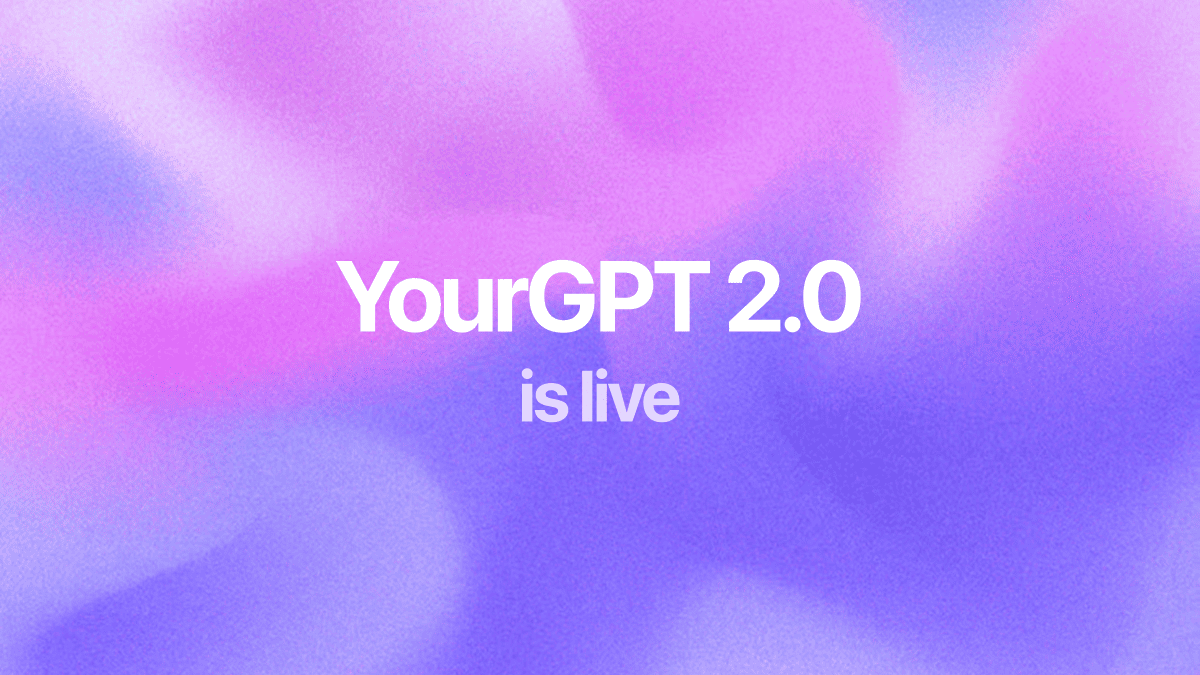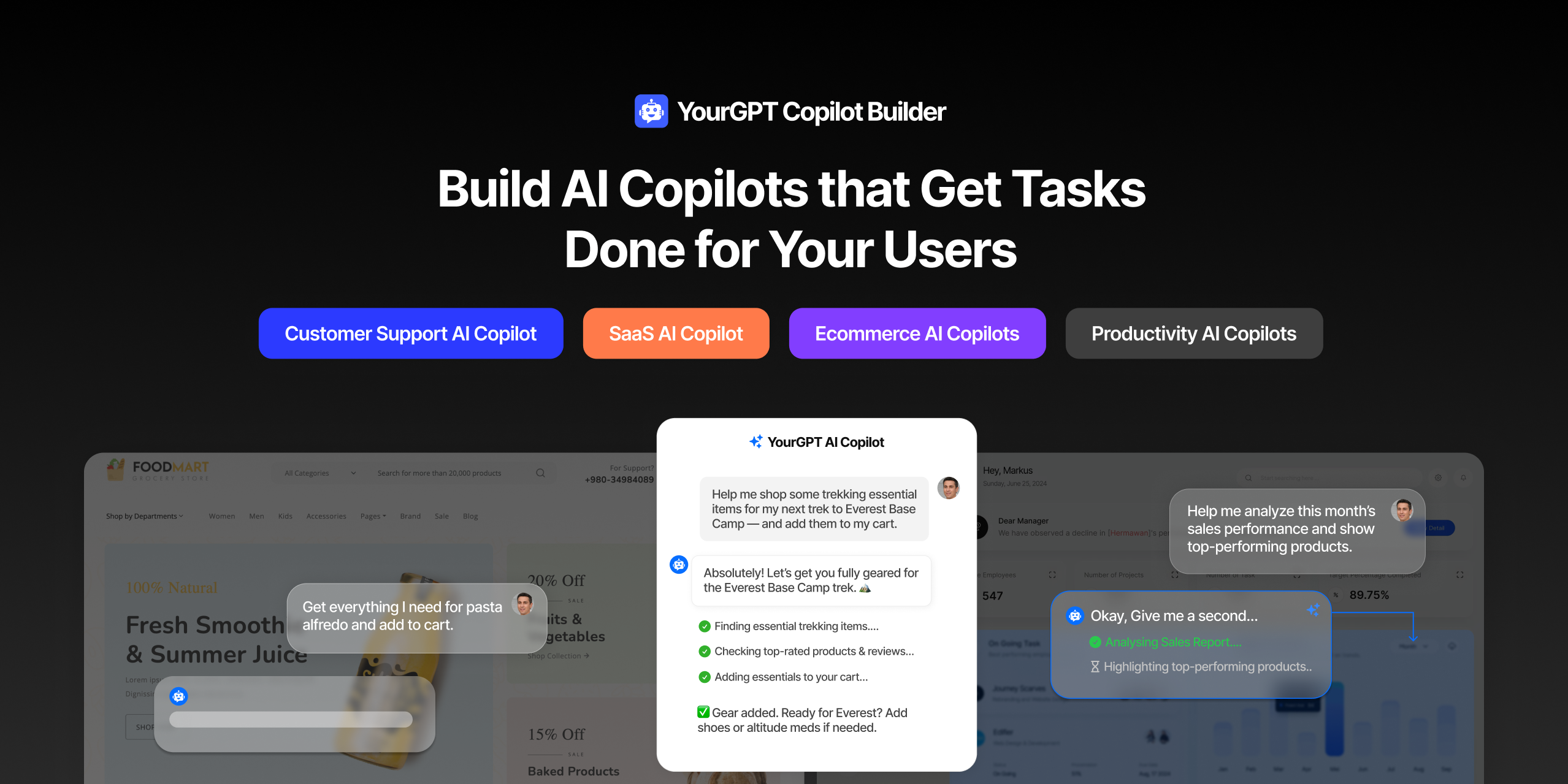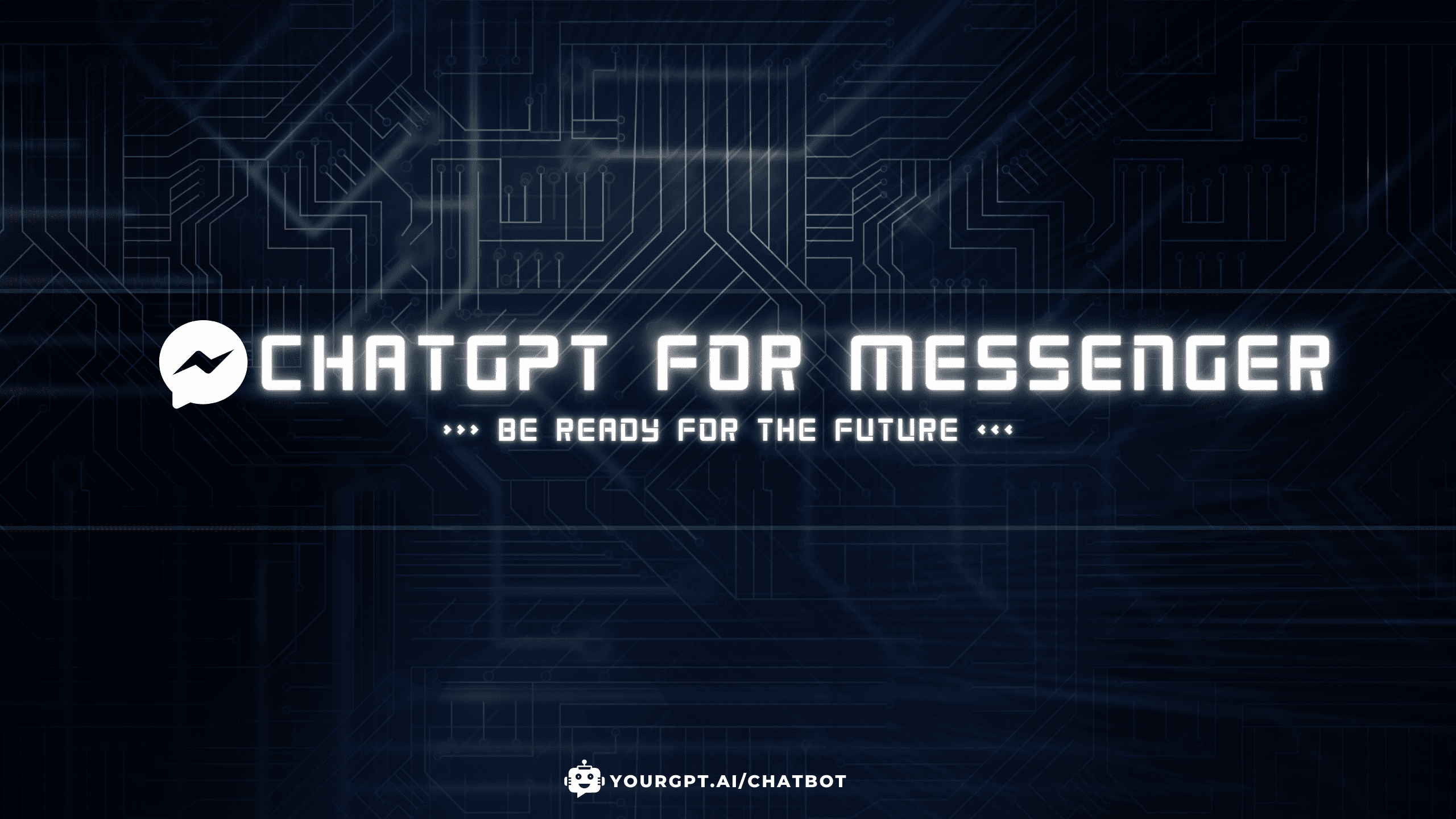GPT Chatbot with API Calling | Real-Time Chatbot


GPT Chatbots with Function Calling, or API Calling, are a big step forward in chatbot technology. By adding API calls to a GPT chatbot, it can interact in real-time and more dynamically. This means the chatbot can get and show data from other places right away, making it much more useful and versatile. In this blog post, we are going to look at how to set up a GPT chatbot that can do custom API calls. This feature turns your chatbot into a better, smarter chatbot for engaging users and sharing information.
API (Application Programming Interface) integration in chatbots allows the chatbot to access and interact with external data and services. Essentially, it enables the chatbot to extend its capabilities beyond knowledgebase responses, allowing the chatbot to fetch real-time data, interact with other software, and perform dynamic actions based on user requests.
Integrating API calls into your custom GPT chatbot greatly improves its capabilities, allowing your chatbot to provide users with real-time data, making interactions more informative, relevant, and engaging. Whether it is for customer service, data retrieval, or providing personalised content, the ability to call APIs in real time opens up a world of possibilities. Let us see how we can setup.
Follow the steps below to integrate your custom API with GPT Chatbot:
Go to the chatbot dashboard. Here, you will find the Studio section that is your playground for developing and updating chatbot scenarios. In the studio, you can configure your chatbot to execute a range of activities based on user interactions.
Once in the studio, your first step is to create a new scenario. Scenarios are essentially the backbone of your chatbot’s interaction flow. They define how the chatbot should respond to different user intents. Think of them as the script your chatbot follows during its conversations with users.
Capture to feature to store the response in FLOW.response. This stored response can then be used in various parts of your chatbot’s conversation flow.Suggested Reading
These are some use cases of real-time chatbots in different industries, which improve customer engagement, assistance, and operational efficiency. Real-time chatbots find applications in a variety of industries, including:
A GPT chatbot can become much more than just a conversational agent by integrating function calls. This allows the chatbot to provide real-time data and responses, improve the user experience, and add substantial value to the services it can provide. The applications your chatbot can be used for are only limited by your creativity.

Businesses today expect AI to do more than answer questions. They need systems that understand context, act on information, and support real workflows across customer support, sales, and operations. YourGPT is built as an advanced AI system that reasons through tasks and keeps context connected across every interaction. This intelligence sits inside a complete platform […]


AI can help you finds products but doesn’t add them to cart. It locates account settings but doesn’t update them. It checks appointment availability but doesn’t book the slot. It answers questions about data but doesn’t run the query. Every time, the same pattern: it tells you what to do, then waits for you to […]


GPT-driven Telegram bots are gaining popularity as Telegram itself has 950 million users worldwide. These AI Telegram bots allows you to create custom bots that can automate common tasks and improve user interactions. This guide will show you how to create a Telegram bot using GPT-based models. You’ll learn how to integrate GPT into your […]


TL;DR The 10 best no-code AI chatbot builders for 2025 help businesses launch quickly and scale without developers. YourGPT ranks first for automation, multilingual chat, and integrations. CustomGPT and Chatbase are ideal for data-trained bots, while SiteGPT and ChatSimple focus on easy setup. Other options like Dante AI, DocsBot, and Botsonic specialize in workflows and […]


GPT Chatbot for Webflow: The Key to Exceptional Customer Service Providing great customer service is essential for any business, but managing a high volume of inquiries can be a challenge.If you use Webflow, integrating a webflow chatgpt can simplify this process. This AI-powered webflow chatbot offers consistent, personalised responses to customer queries, helping you manage […]


Messenger is an important platform for businesses to engage with customers in real time. With over 1 billion active users on Messenger in 2024, it is a great opportunity for businesses worldwide to connect with their audience. Using YourGPT Chatbot in Messenger can make customer service more efficient. YourGPT Chatbot automates 70% of routine inquiries, […]
